The Samsung Galaxy Note 9 arrived at a time when smartphones were beginning to push the boundaries of what a pocketable device could achieve. It wasn’t just another iteration in the Note series; it was a culmination of years of refinement, packing top-tier hardware, a stunning display, and the iconic S Pen that had become synonymous with productivity. Even years after its release, the Note 9 remains a compelling device for those who prioritize functionality and performance.
At first glance, the Note 9 retains the familiar design language of its predecessors, with a glass-and-metal construction that exudes premium quality. The 6.4-inch Super AMOLED display is nothing short of breathtaking, offering vibrant colors, deep blacks, and an impressive Quad HD+ resolution. Whether you’re watching movies, editing photos, or simply scrolling through social media, the screen delivers an immersive experience. The minimal bezels and the symmetrical design make it a joy to hold, though its size might be a stretch for those with smaller hands.
Under the hood, the Note 9 was a powerhouse at launch. Depending on the region, it shipped with either Samsung’s Exynos 9810 or Qualcomm’s Snapdragon 845, both of which were flagship-tier processors at the time. Coupled with 6GB or 8GB of RAM (depending on storage configuration), the device handled multitasking with ease. Even today, it holds up remarkably well for everyday tasks, though demanding applications and newer games might show signs of aging. Storage options started at 128GB, with a 512GB variant available for those who needed more space—and with a microSD card slot supporting up to 512GB additional storage, running out of space was never a concern.
The S Pen has always been the Note series’ standout feature, and the Note 9 took it to the next level. For the first time, the stylus included Bluetooth functionality, allowing it to act as a remote control for the camera, presentations, or media playback. The latency was reduced to a negligible level, making writing and drawing feel incredibly natural. Whether you’re jotting down quick notes, sketching, or navigating the phone with precision, the S Pen proved itself as more than just a gimmick—it was a legitimate tool for productivity.
Photography was another area where the Note 9 excelled. The dual-camera setup, featuring a 12MP wide-angle lens and a 12MP telephoto lens, delivered sharp, detailed images with excellent dynamic range. Low-light performance was respectable, though not quite on par with today’s night mode-equipped smartphones. The camera software was intuitive, with features like Live Focus for portrait shots and Super Slow-mo for capturing fleeting moments. The 8MP front-facing camera was more than adequate for selfies and video calls, though it lacked some of the computational photography tricks found in newer devices.
Battery life was a strong suit for the Note 9, thanks to its hefty 4,000mAh battery. Even with heavy usage, it could easily last a full day, and moderate users might stretch it into a second. Fast charging, wireless charging, and reverse wireless charging (allowing the phone to act as a power bank for other devices) were all welcome additions. The inclusion of a headphone jack was a pleasant surprise at a time when many manufacturers were abandoning it, and the stereo speakers tuned by AKG provided a rich, loud audio experience.
On the software front, the Note 9 launched with Android 8.1 Oreo, skinned with Samsung’s Experience UI. Over time, it received updates to Android 10, though it has since reached the end of its update cycle. Samsung’s software has often been criticized for being bloated, but the Note 9’s hardware was more than capable of handling it without noticeable lag. Features like DeX mode, which allowed the phone to function as a desktop computer when connected to a monitor, showcased the device’s versatility.
The Samsung Galaxy Note 9 was a device that catered to power users without compromising on any front. Its display, performance, and S Pen functionality made it a standout in its era, and even today, it holds up as a reliable and feature-packed smartphone. While it may not compete with the latest flagships in terms of raw power or camera capabilities, its well-rounded nature and attention to detail make it a device worth remembering.
Key Specifications:
Display: 6.4-inch Super AMOLED, 2960 x 1440 (Quad HD+), 516 ppi
Processor: Exynos 9810 (International) / Snapdragon 845 (USA/China)
RAM: 6GB / 8GB (512GB model)
Storage: 128GB / 512GB, expandable via microSD up to 512GB
Rear Cameras: Dual 12MP (wide f/1.5-2.4, telephoto f/2.4), OIS, 2x optical zoom
Front Camera: 8MP, f/1.7
Battery: 4,000mAh, Fast Charging, Wireless Charging, Reverse Wireless Charging
OS: Android 8.1 (Oreo), upgradable to Android 10
Other Features: S Pen with Bluetooth, IP68 water/dust resistance, headphone jack, stereo speakers, DeX support
Dimensions: 161.9 x 76.4 x 8.8 mm, 201g

By /Jun 4, 2025
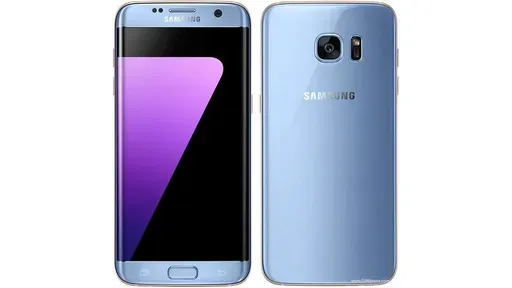
By /Jun 4, 2025

By /Jun 4, 2025
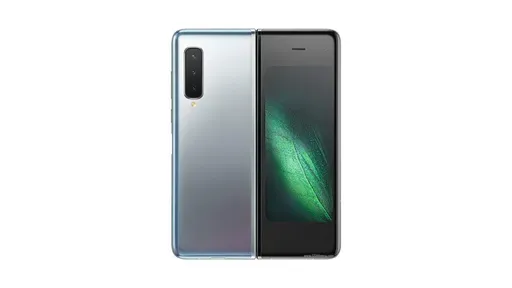
By /Jun 4, 2025
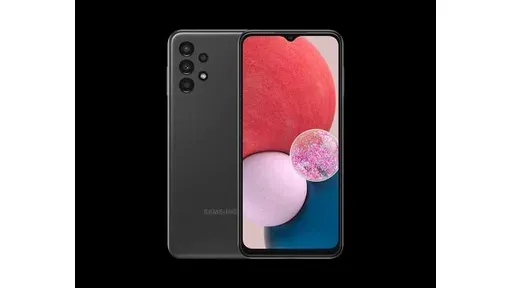
By /Jun 4, 2025

By /Jun 4, 2025

By /Jun 4, 2025
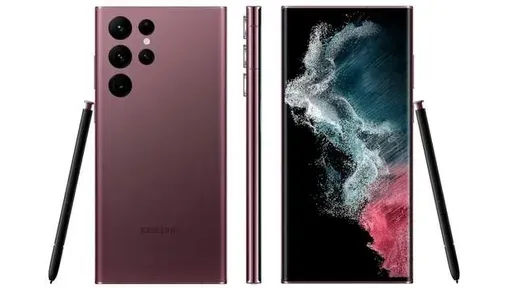
By /Jun 4, 2025

By /Jun 4, 2025

By /Jun 4, 2025
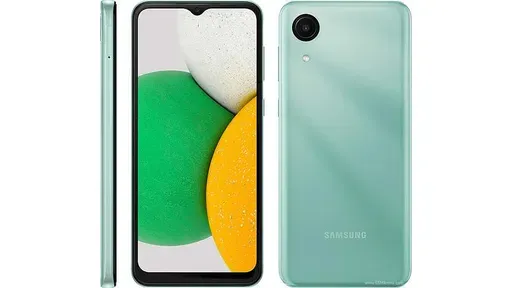
By /Jun 4, 2025
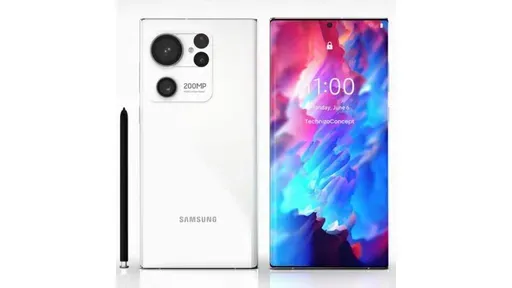
By /Jun 4, 2025
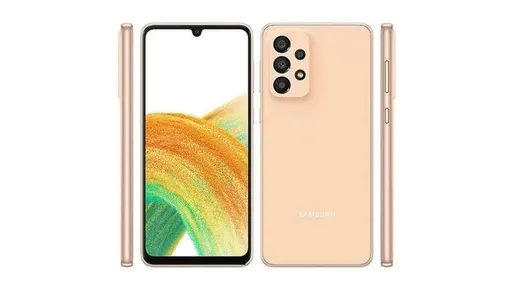
By /Jun 4, 2025
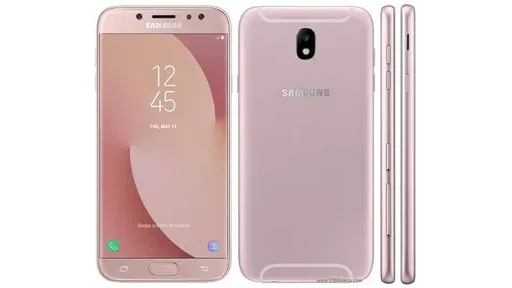
By /Jun 4, 2025
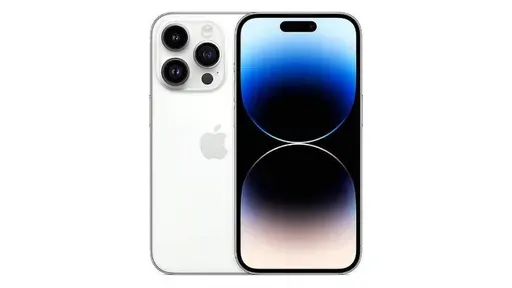
By /Jun 4, 2025
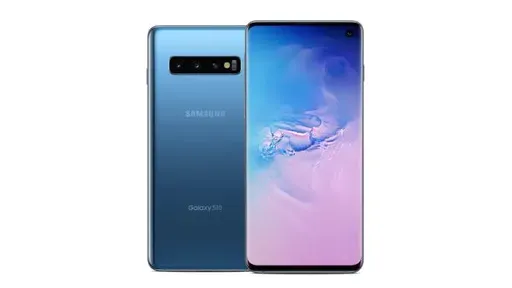
By /Jun 4, 2025

By /Jun 4, 2025
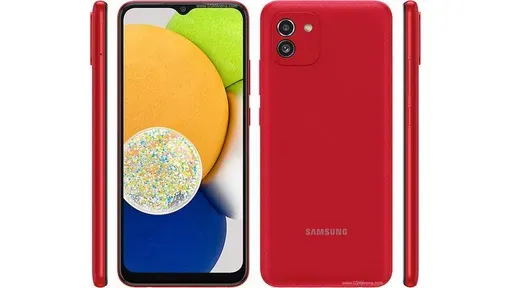
By /Jun 4, 2025

By /Jun 4, 2025
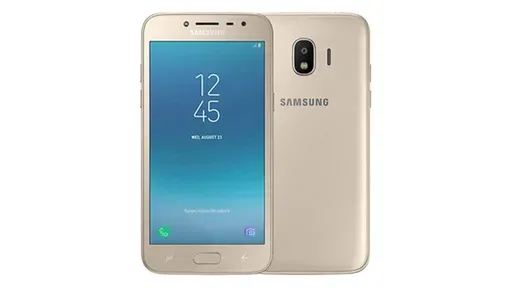
By /Jun 4, 2025

By /Jun 4, 2025

By /Jun 4, 2025
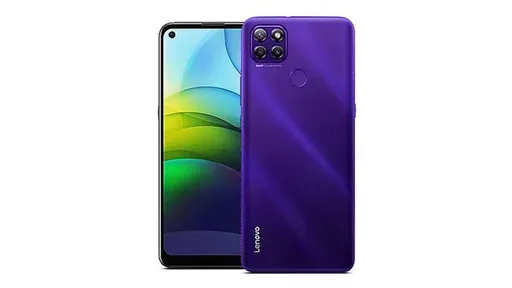
By /Jun 4, 2025

By /Jun 4, 2025

By /Jun 4, 2025

By /Jun 4, 2025

By /Jun 4, 2025
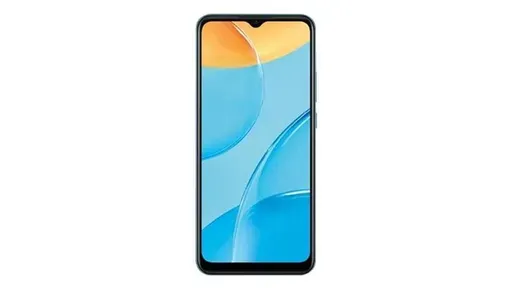
By /Jun 4, 2025

By /Jun 4, 2025

By /Jun 4, 2025
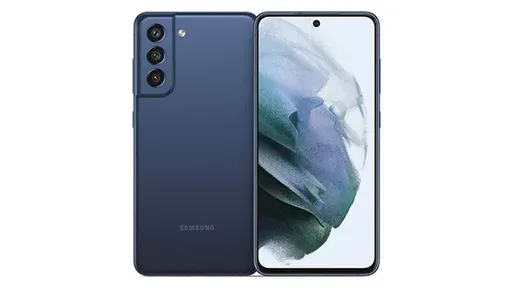
By /Jun 4, 2025

By /Jun 4, 2025

By /Jun 4, 2025

By /Jun 4, 2025
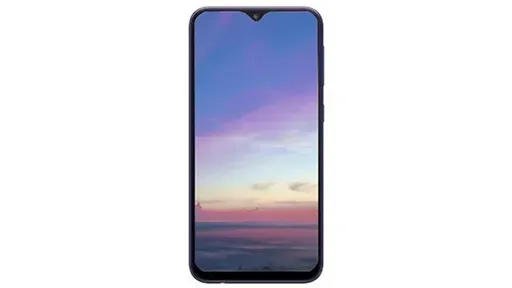
By /Jun 4, 2025